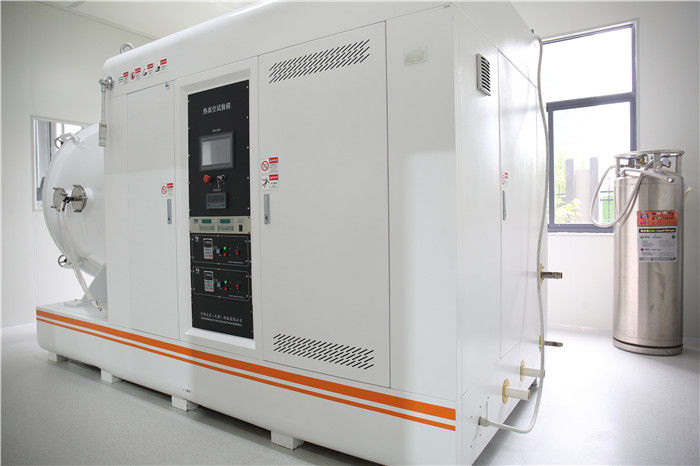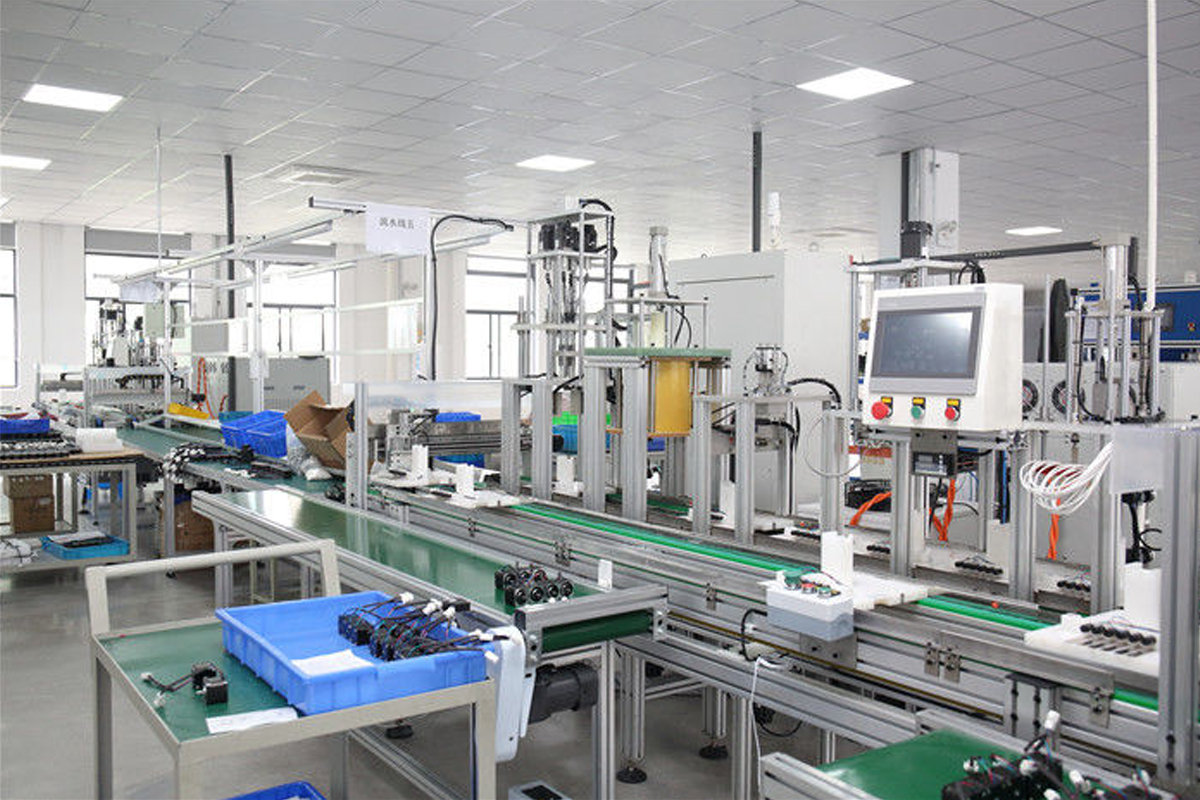2024-10-08 13:31

The main construction of the vacuum stepper motor
In general, the rotor of a vacuum stepper motor is composed of stacked silicon steel sheets, and there are six different magnetic poles on the rotor. Every two opposite magnetic poles are wound with the same phase winding, forming a three-phase winding in a star shape, which serves as the control unit of the vacuum stepper motor. The rotor's iron core does not have windings, and it has four teeth, the width of which is equivalent to the width of the stator. Next, I will introduce to you in detail the main structure of the vacuum stepper motor and the control technology applied during its acceleration and deceleration processes.
Nowadays, vacuum stepper motors are widely used in various industries, so research on controlling vacuum stepper motors has become increasingly common. Especially during startup or acceleration, if the pulse data changes too quickly, the rotor may not keep up with the change in the electrical signal due to inertia, leading to stalling. Similarly, during deceleration and stopping, overshooting may occur for the same reason. To avoid these phenomena and improve production and work efficiency, strict control over the acceleration and deceleration of vacuum stepper motors is necessary.
It should be noted that the rotational speed of a vacuum stepper motor actually depends on the input pulse frequency, the number of steps, and the number of teeth on the rotor. Therefore, by ensuring these parameters are constant, strictly controlling the pulse frequency can achieve the desired speed. Since vacuum stepper motors start with their synchronous torque, to avoid a too low starting frequency, the rotor's diameter must be controlled within a certain range, and there must be a fixed startup process, which involves transitioning from low speed to high speed, and the frequency cannot directly drop to zero; there must be a process of decreasing from high speed to low speed before reaching zero.
Because the smaller the torque, the worse the ability to drive the load, it is important to avoid overcharging during startup. The key is to make full use of various operating frequencies during the acceleration process. Currently, many regions have conducted extensive research on the control speed of vacuum stepper motors, established many models, and even designed many control circuits based on these foundations, thereby changing the motion characteristics of vacuum stepper motors and achieving a more precise level of speed control.
Nowadays, vacuum stepper motors are widely used in various industries, so research on controlling vacuum stepper motors has become increasingly common. Especially during startup or acceleration, if the pulse data changes too quickly, the rotor may not keep up with the change in the electrical signal due to inertia, leading to stalling. Similarly, during deceleration and stopping, overshooting may occur for the same reason. To avoid these phenomena and improve production and work efficiency, strict control over the acceleration and deceleration of vacuum stepper motors is necessary.
It should be noted that the rotational speed of a vacuum stepper motor actually depends on the input pulse frequency, the number of steps, and the number of teeth on the rotor. Therefore, by ensuring these parameters are constant, strictly controlling the pulse frequency can achieve the desired speed. Since vacuum stepper motors start with their synchronous torque, to avoid a too low starting frequency, the rotor's diameter must be controlled within a certain range, and there must be a fixed startup process, which involves transitioning from low speed to high speed, and the frequency cannot directly drop to zero; there must be a process of decreasing from high speed to low speed before reaching zero.
Because the smaller the torque, the worse the ability to drive the load, it is important to avoid overcharging during startup. The key is to make full use of various operating frequencies during the acceleration process. Currently, many regions have conducted extensive research on the control speed of vacuum stepper motors, established many models, and even designed many control circuits based on these foundations, thereby changing the motion characteristics of vacuum stepper motors and achieving a more precise level of speed control.


